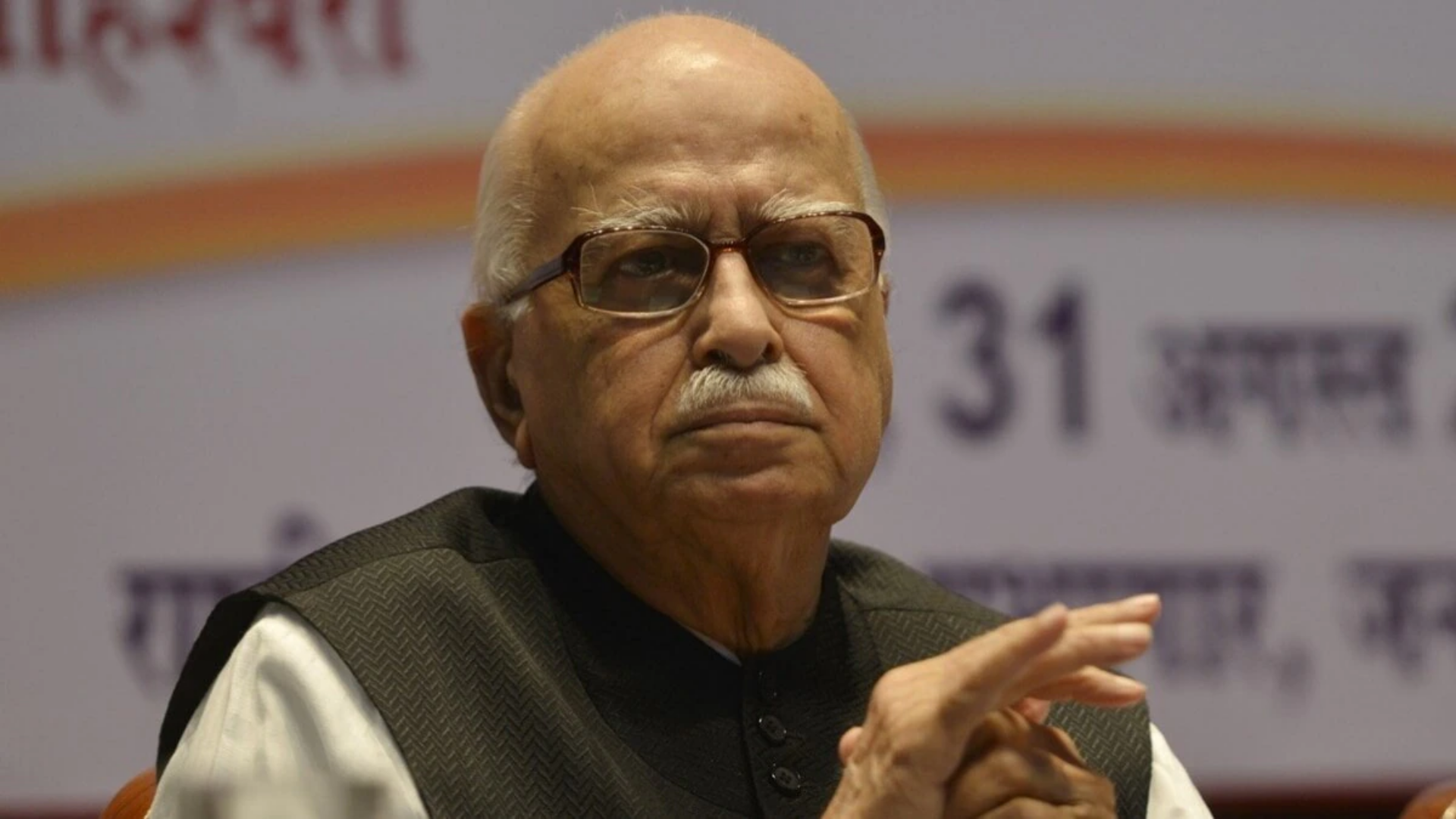










The Aditya-L1 spacecraft, India’s inaugural solar mission set for the Sun-Earth L1 point, has captured photographs of both Earth and the Moon. The Indian Space Research Organisation (ISRO), the country’s space agency, has unveiled the self-portrait and images taken by Aditya-L1 following its successful execution of the second Earth-bound maneuver on Tuesday.
Sharing a video on social media platform on ‘X’, the ISRO said, “”The earth and the moon as seen by the camera on-board Aditya-L1 on September 4.”
On September 2, ISRO successfully launched India’s inaugural solar mission, Aditya-L1, from the Satish Dhawan Space Centre in Sriharikota. This mission carries seven distinct payloads aimed at conducting a comprehensive study of the sun.
Four of these payloads will observe solar light, while the other three will measure in-situ plasma and magnetic field parameters.
Aditya-L1 will be positioned in a halo orbit around Lagrangian Point 1 (L1), situated 1.5 million kilometers away from Earth in the direction of the sun. This journey is expected to take around four months. Aditya-L1 will maintain an approximately 1.5 million-kilometer distance from Earth, focused on studying the Sun’s outer atmosphere. Notably, the spacecraft will not touch or approach the Sun any closer.
This strategic orbit will allow Aditya-L1 to continuously monitor the sun without being affected by eclipses or occultation, enabling real-time research into solar activities and their influence on space weather. The data collected by the spacecraft will help identify the processes leading to solar eruptive events and enhance our understanding of space weather phenomena.
India’s solar mission objectives encompass exploring the physics of the solar corona and its heating mechanisms, solar wind acceleration, solar atmosphere dynamics, solar wind properties, Coronal Mass Ejections (CMEs) and flares, and their connection to near-earth space weather.
Aditya-L1 is dedicated to a comprehensive study of the sun, aimed at unveiling previously unknown aspects of our nearest star. During its journey, the satellite will spend 16 days in Earth-bound orbits, undergoing five maneuvers to attain the necessary velocity for reaching its destination.
Following this, a trans-Lagrangian1 insertion maneuver will take 110 days, propelling the satellite approximately 15 million kilometers to reach the L1 point.
Upon reaching L1, another maneuver will place Aditya-L1 in a balanced gravitational orbit between Earth and the Sun. This information is provided by ISRO’s official website.
Also Read: Indian Air Force and Drone Federation of India to co-host Bharat Drone Shakti 2023
Catch all the Latest Business News, Breaking News Events, and Latest News Updates on NewsX









